Step Into Tradition: What to Expect at Dingcun Folk Museum
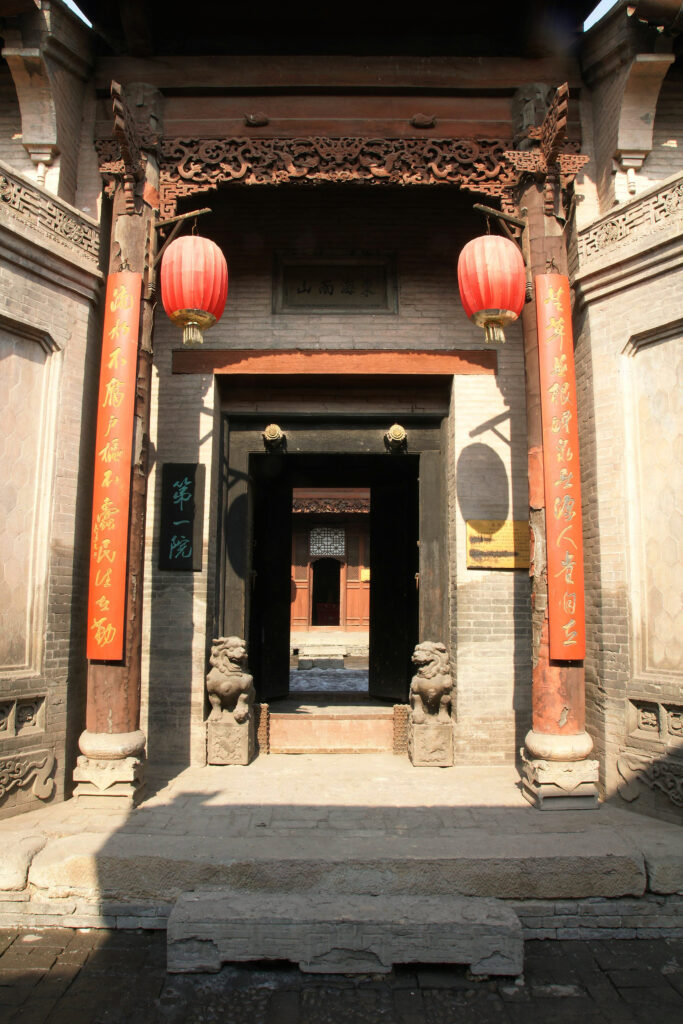
An Essential Guide to Visiting Dingcun Folk Museum
In This Guide
- An Essential Guide to Visiting Dingcun Folk Museum
- The Rich History and Legends of Dingcun Folk Museum
- Main Highlights: What You Absolutely Can’t Miss
- Planning Your Visit: A Practical Guide
- Tickets: Prices, Booking, and Tips
- How to Get There: A Complete Transportation Guide
- Local Cuisine and Accommodation Nearby
- Frequently Asked Questions
- Final Thoughts on Your Trip
Nestled in the heart of rural Anhui Province, the Dingcun Folk Museum (丁村民俗博物馆) offers an enchanting glimpse into the rich tapestry of Chinese culture and history. This hidden gem, often overshadowed by its more famous counterparts like Hongcun Ancient Village, is a treasure trove of traditional artifacts, local customs, and the vibrant stories of the Hui people.
Visitors to the museum can expect more than just static displays; they will encounter a living heritage that celebrates the everyday lives of the villagers who have called this region home for centuries. The museum is housed within a beautifully restored Hui-style building, characterized by its elegant architecture, intricate wood carvings, and serene courtyards that reflect the harmonious relationship between nature and human habitation.
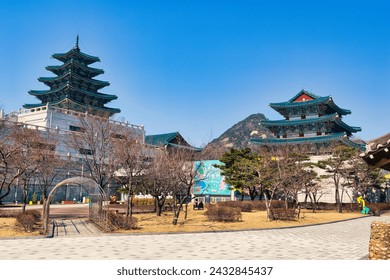
Dingcun Folk Museum.
Whether you are a history buff eager to explore the nuances of folk traditions or a curious traveler seeking authentic experiences, the Dingcun Folk Museum promises to captivate your senses. From engaging exhibitions to interactive demonstrations of ancient crafts, this museum invites you to step back in time and appreciate the enduring spirit of a community that has thrived against the backdrop of China’s ever-evolving landscape.
Prepare for an unforgettable journey as you delve into the cultural heritage of Dingcun and discover the stories that have shaped this remarkable village.
The Rich History and Legends of Dingcun Folk Museum
Nestled in the picturesque Yi County of Anhui Province, the Dingcun Folk Museum (丁村民俗博物馆) offers a captivating glimpse into the rich tapestry of local culture and history. This delightful museum is not merely a repository of artifacts; it is a vibrant testament to the legends, traditions, and daily life of the Dingcun community, inviting international travelers to explore the depths of its heritage.
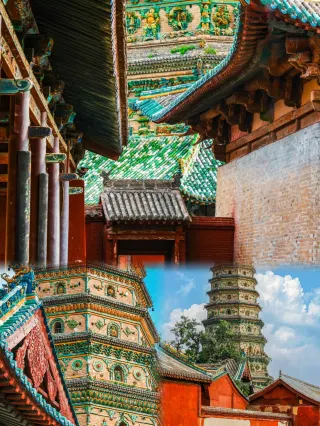
Dingcun Folk Museum.
A Legacy of Craftsmanship and Community
Dingcun Village has long been recognized for its exceptional craftsmanship, particularly in the realm of traditional Hui-style architecture. The village’s buildings, characterized by their intricate wooden carvings, whitewashed walls, and elegant rooftops, reflect the artistry and attention to detail that have been passed down through generations. Historically, Dingcun was a hub for merchants and artisans, with its residents engaging in various trades, from textiles to furniture making.
The museum itself is housed in a beautifully restored building that exemplifies this architectural style, allowing visitors to immerse themselves in the aesthetic and functional aspects of Hui culture. As you wander through its halls, you’ll encounter displays showcasing the tools, clothing, and everyday items used by the villagers, each piece telling a story of tradition and resilience.
Legends and Folklore
The Dingcun Folk Museum is steeped in local legends that add an enchanting layer to its narrative. One of the most prominent tales is that of the “Guardian of the Village,” a mythical figure believed to protect the villagers from misfortune and calamity. This guardian is often depicted in local art as a wise elder, symbolizing the values of wisdom and strength that are central to Hui culture.
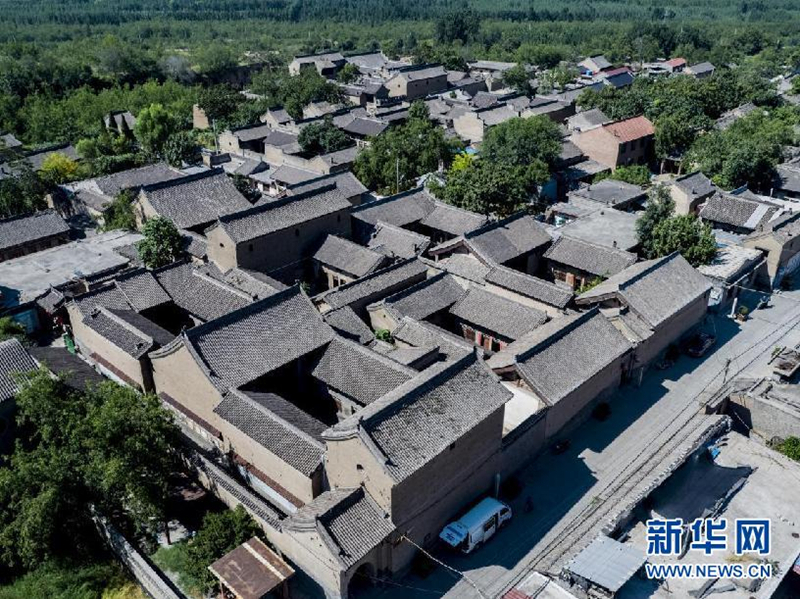
Dingcun Folk Museum.
Another captivating legend revolves around the village’s ancient wells, which are said to be blessed by the spirits of ancestors. According to local lore, these wells not only provide water but also impart good fortune to those who respect the traditions of the village. Visitors are encouraged to engage with these stories and perhaps even make a wish at one of the wells, adding a personal touch to their experience.
Cultural Significance and Modern Relevance
The Dingcun Folk Museum serves as a critical bridge between the past and the present. It plays a vital role in preserving the cultural heritage of the Dingcun community, ensuring that the stories and skills of the ancestors are not lost to time. In recent years, the museum has also embraced modern educational initiatives, hosting workshops and demonstrations that allow visitors to learn traditional crafts firsthand.
Moreover, the museum acts as a venue for cultural events, where music, dance, and theater performances revive ancient traditions, fostering a sense of community pride and continuity. This commitment to cultural preservation makes the Dingcun Folk Museum not only a point of interest for travelers but also a beacon of hope for the local population, as they celebrate their identity in a rapidly changing world.
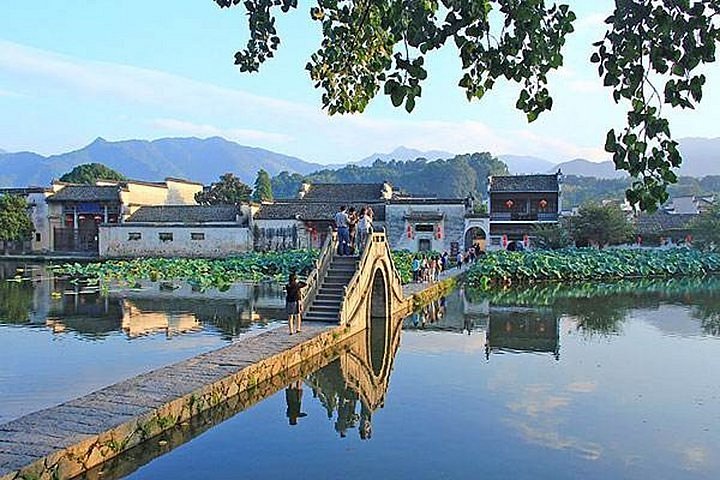
Dingcun Folk Museum.
Conclusion
Visiting the Dingcun Folk Museum is akin to stepping into a living history book, where each exhibit breathes life into the stories of the past. For international travelers seeking a deeper understanding of Chinese history and culture, this museum offers a unique opportunity to connect with the heart of a community that has thrived for centuries. Engage with the legends, admire the crafts, and leave with a newfound appreciation for the rich cultural heritage that defines Dingcun Village.
Main Highlights: What You Absolutely Can’t Miss
When visiting the Dingcun Folk Museum (丁村民俗博物馆), you’ll find a captivating journey into the heart of traditional Chinese culture and history. This museum is not just a repository of artifacts; it’s a living testament to the rich heritage of the local community. Here are the main highlights you absolutely cannot miss during your visit:

Dingcun Folk Museum.
1. Immersive Cultural Exhibits
Explore a diverse array of exhibits that showcase the daily life, customs, and traditions of the Dingcun community. From intricate handicrafts to traditional clothing, each display offers a glimpse into the vibrant tapestry of local culture. Don’t miss the beautifully preserved artifacts that reflect the craftsmanship of the region.
2. Authentic Hui-Style Architecture
As you wander through the museum, take note of the stunning Hui-style architecture that characterizes the buildings. The elegant wooden beams, intricate carvings, and graceful courtyards are not only visually striking but also serve as a representation of the region’s architectural heritage. Be sure to capture photographs of the iconic rooftops and stone pathways.
3. Engaging Cultural Demonstrations
The museum frequently hosts live demonstrations of traditional crafts such as calligraphy, paper-cutting, and pottery. Participating in these interactive sessions not only enhances your understanding of the art forms but also provides a unique opportunity to engage with skilled artisans. These demonstrations often allow visitors to try their hand at these crafts, making for a memorable experience.
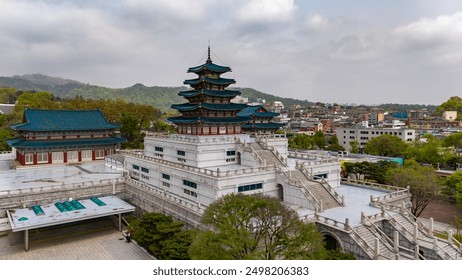
Dingcun Folk Museum.
4. Scenic Surroundings
Set against a backdrop of lush countryside and distant mountains, the museum is perfectly situated for those who appreciate natural beauty. Take a moment to stroll around the grounds and soak in the picturesque scenery. The serene environment adds to the overall experience, making it a perfect spot for reflection and relaxation.
5. Insightful Guided Tours
Consider joining a guided tour to gain deeper insights into the exhibits and the cultural significance of the artifacts on display. Knowledgeable guides provide context and anecdotes that enrich your visit, helping you to appreciate the nuances of Dingcun’s cultural history. These tours often include stories about the local community and their traditions, bringing the exhibits to life.
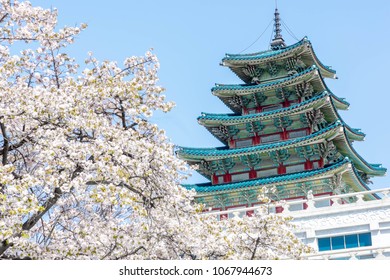
Dingcun Folk Museum.
6. Local Cuisine Experience
Don’t leave without indulging in some local delicacies! The area surrounding the museum offers various dining options where you can sample traditional dishes. Be sure to try specialties unique to the region, such as Hui-style braised dishes and local pastries, which provide a delightful taste of Dingcun’s culinary heritage.
7. Special Events and Festivals
If your visit coincides with a local festival or event, you are in for a treat! The museum often organizes cultural festivals that celebrate traditional music, dance, and local customs. Participating in these festivities allows you to experience the vibrant community spirit firsthand and witness the traditions that have been passed down through generations.
Conclusion
A visit to the Dingcun Folk Museum is not merely an excursion; it’s an enriching journey through the heart of Chinese culture. With its engaging exhibits, stunning architecture, and immersive experiences, this museum offers an unforgettable opportunity to connect with the past. Make sure to carve out ample time in your itinerary to fully explore all that this cultural gem has to offer.
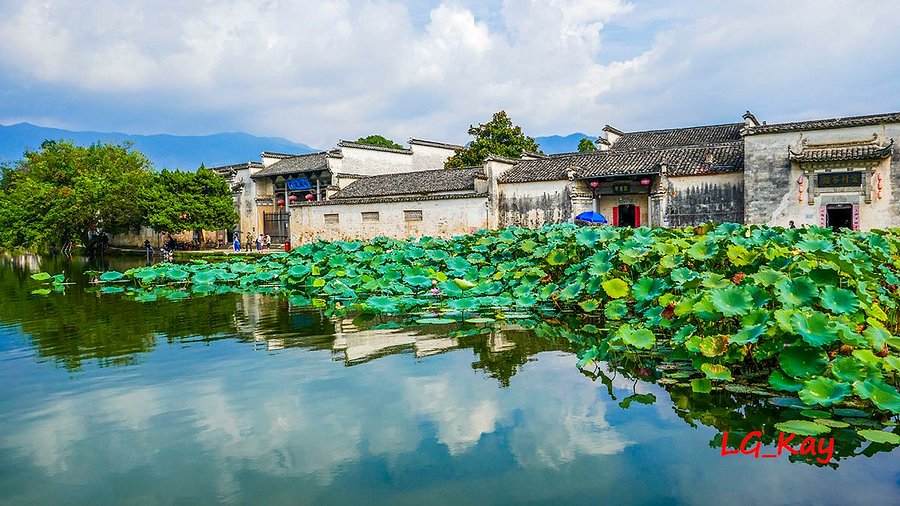
Dingcun Folk Museum.
Planning Your Visit: A Practical Guide
Essential Information for Your Visit to Dingcun Folk Museum
Dingcun Folk Museum (丁村民俗博物馆) offers international travelers an enchanting glimpse into the rich tapestry of Chinese history and culture, particularly focusing on the lifestyle and traditions of rural communities. To ensure your visit is both enjoyable and enriching, here’s a comprehensive guide to help you plan your trip.
Location and Accessibility
- Address: Northwest Corner, Yi County, Anhui Province, 245500, China.
- Getting There: The museum is ideally situated near the picturesque Hongcun Ancient Village, making it a convenient stop for travelers exploring this UNESCO World Heritage site. You can reach Yi County via high-speed train from major cities like Shanghai and Hangzhou, followed by a short taxi or bus ride to the museum.
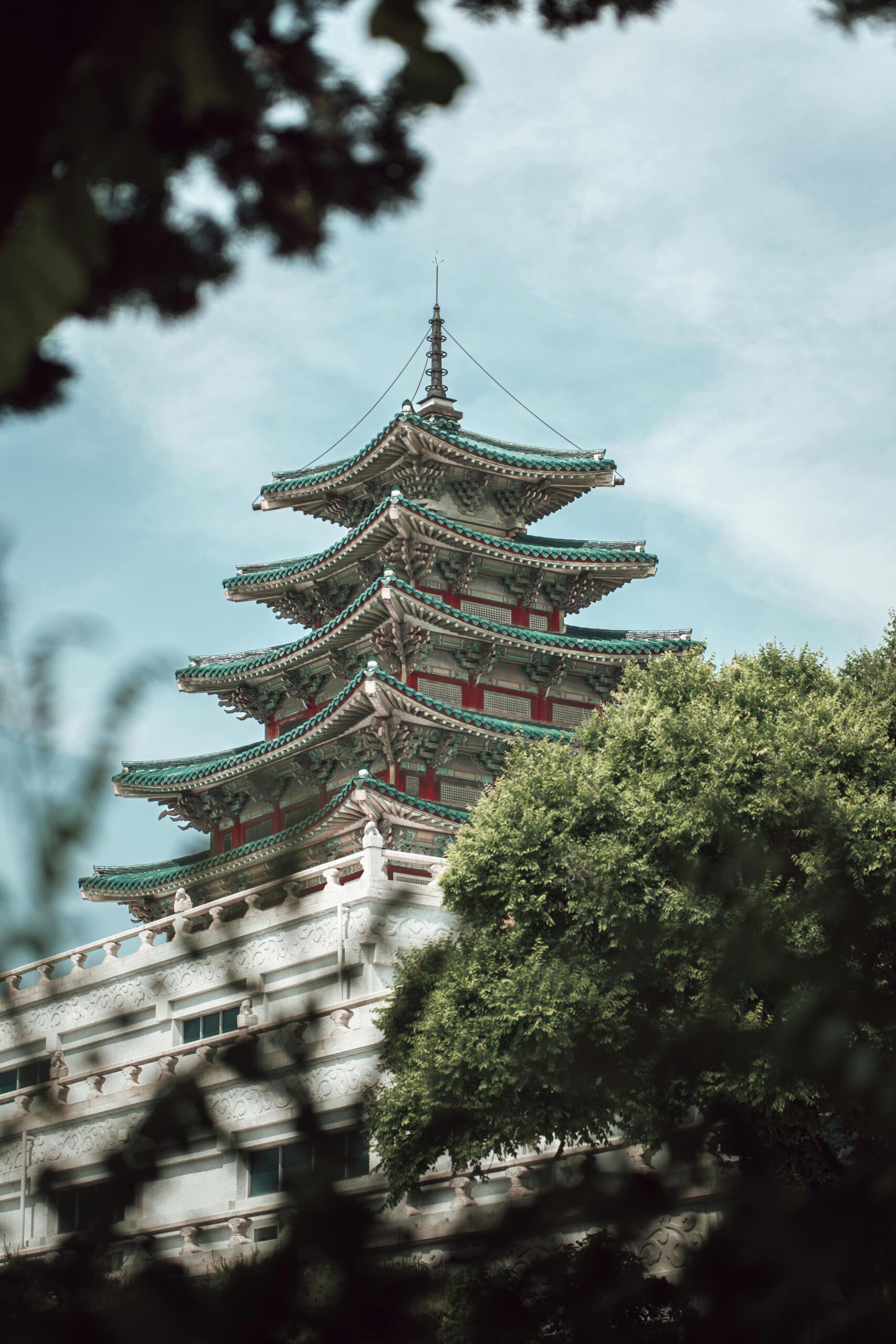
Dingcun Folk Museum.
Operating Hours
- Open Daily: 12:00 AM – 11:59 PM
- Note: The museum remains open around the clock, allowing you to plan your visit at a time that suits your itinerary.
Entrance Fees
- Admission: An entrance fee is charged after 8 AM. To avoid crowds, consider arriving early to enjoy the serene atmosphere before the influx of tourists begins.
What to Expect
- Exhibitions: The museum showcases a variety of artifacts, traditional costumes, and tools that depict the daily lives and cultural practices of local communities. Engaging displays and informative signage make it easy to understand the significance of each exhibit.
- Guided Tours: To enhance your experience, consider joining a guided tour. Knowledgeable guides can provide deeper insights into the exhibits and the cultural context surrounding them.
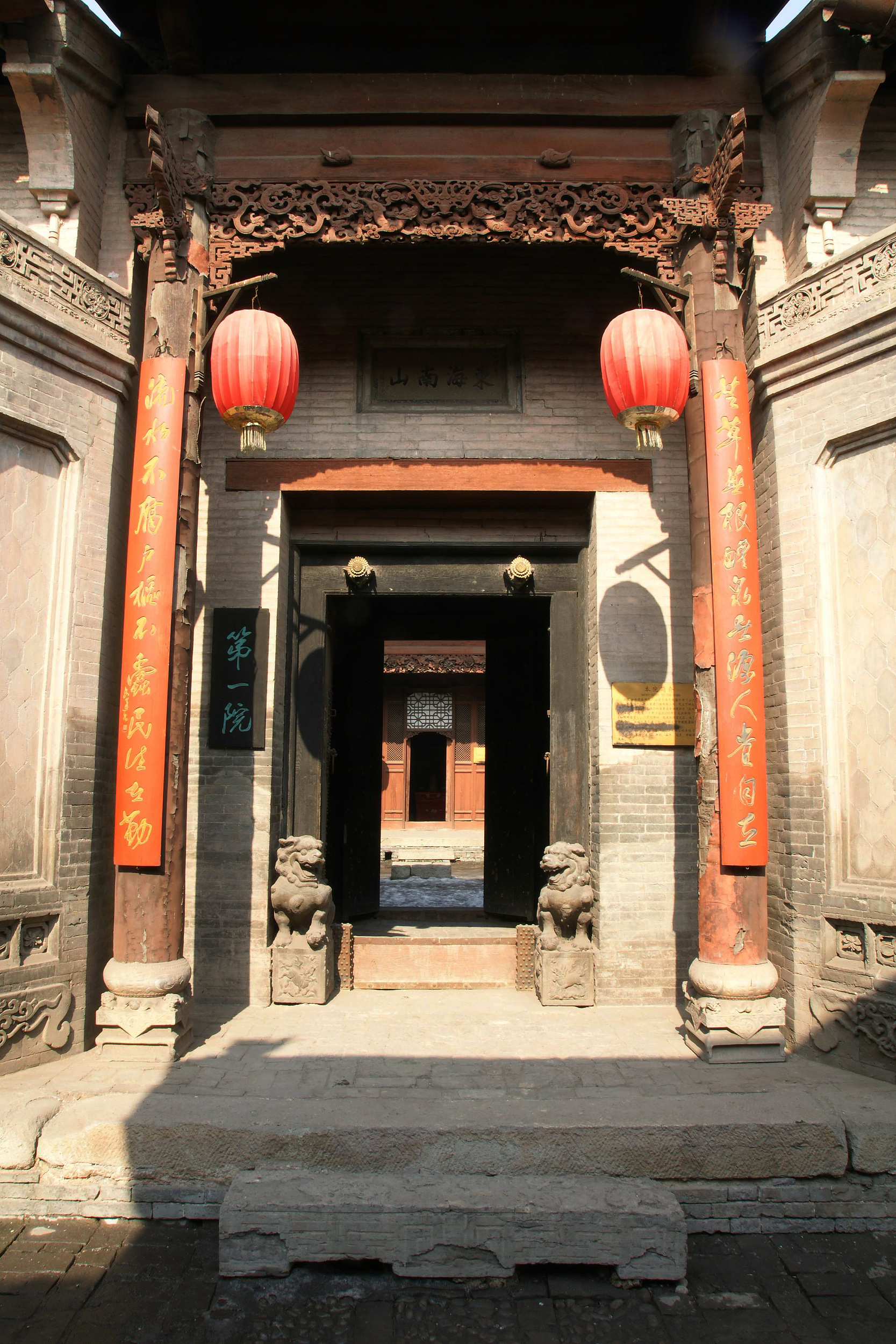
Dingcun Folk Museum.
Tips for a Memorable Visit
- Plan for Crowds: Since Dingcun Folk Museum is part of a popular tourist circuit, visiting early in the morning or later in the afternoon can help you avoid the busiest times.
- Stay Hydrated: Exploring the museum and its surroundings can take time, so carry water with you, especially if you plan to walk around the nearby villages.
- Dress Comfortably: Wear comfortable shoes and clothing suitable for walking, as the museum and the nearby Hongcun village feature cobbled streets and uneven terrain.
Nearby Attractions
- Hongcun Ancient Village: Just minutes away, this picturesque village is renowned for its well-preserved Hui-style architecture and stunning natural scenery. Plan to spend some time exploring its charming streets, tranquil ponds, and historic buildings.
- Other Villages: Don’t miss the chance to visit nearby villages like Xidi and Lucun, each offering unique cultural experiences and beautiful landscapes.
Local Cuisine
- Dining Options: After your visit, indulge in local Anhui cuisine at nearby restaurants. Be sure to try signature dishes such as stewed bamboo shoots and dried tofu, which reflect the region’s culinary heritage.
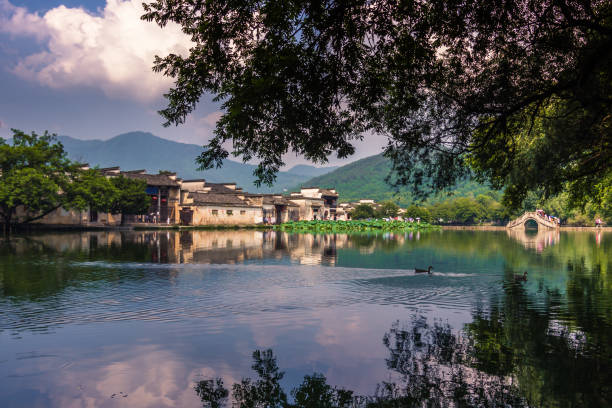
Dingcun Folk Museum.
Cultural Etiquette
- Respect Local Customs: While visiting the museum and nearby villages, be mindful of local customs and traditions. Engaging respectfully with residents and their culture will enrich your experience.
Visiting the Dingcun Folk Museum is more than just a stop on your itinerary; it’s an opportunity to immerse yourself in the heart of Chinese culture and history. With this guide, you’re well-equipped to make the most of your visit to this fascinating destination. Enjoy your journey through time!
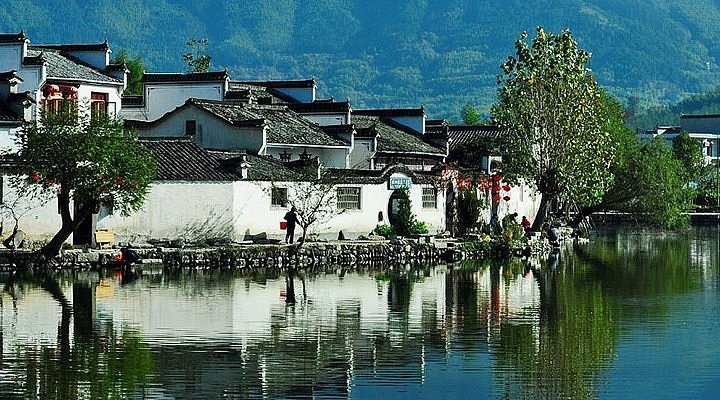
Dingcun Folk Museum.
Tickets: Prices, Booking, and Tips
When planning your visit to the Dingcun Folk Museum (丁村民俗博物馆), understanding the ticketing process, prices, and some helpful tips can enhance your experience. Here’s all you need to know about tickets, pricing, and recommendations for a smooth visit.
Ticket Prices
- General Admission: The entrance fee for the Dingcun Folk Museum is approximately ¥50 (around $7 USD). This fee grants you access to the museum’s various exhibits, showcasing the rich cultural heritage of the Dingcun community.
- Discounts: Students and seniors may be eligible for discounted rates, so it’s advisable to bring along valid identification to benefit from these offers.
Booking Tickets
- On-site Purchase: Tickets can be purchased directly at the museum entrance. It is advisable to arrive early, especially during peak tourist seasons, to avoid long lines.
- Online Reservations: Some travel platforms may offer the option to book tickets in advance. This can be a convenient way to secure your entry, especially if you are visiting during busy periods.
Opening Hours
The museum welcomes visitors from 8:00 AM to 5:30 PM daily. It’s best to arrive early to explore the museum at a leisurely pace before the crowds build up later in the day.
Tips for Your Visit
-
Arrive Early: To enjoy a quieter experience, consider arriving right at opening time. This will allow you to explore the exhibits without the hustle and bustle of larger crowds.
-
Guided Tours: If you want to deepen your understanding of the exhibits, consider booking a guided tour. Local guides can provide valuable insights into the history and significance of the artifacts on display.
-
Explore the Surroundings: The museum is located within the scenic Dingcun area, which boasts beautiful landscapes and traditional architecture. Allow time for a stroll around the village to take in the local culture.
-
Photography: Don’t forget your camera! The museum and its surroundings offer plenty of picturesque spots perfect for capturing memories.
-
Plan for Weather: If you’re visiting during the hotter months, dress comfortably and stay hydrated. Conversely, if visiting in cooler months, be sure to dress in layers to enjoy your experience fully.
Conclusion
A visit to the Dingcun Folk Museum is not just an opportunity to see artifacts; it’s a chance to immerse yourself in the vibrant traditions of the Dingcun community. With this ticketing information and tips, you can plan your visit confidently, ensuring a rich and enjoyable experience.
How to Get There: A Complete Transportation Guide
Navigating Your Way to Dingcun Folk Museum
Dingcun Folk Museum (丁村民俗博物馆), nestled in the picturesque landscape of Yi County, offers a captivating insight into traditional Chinese culture and history. Whether you’re arriving from a major city or exploring the surrounding regions, there are several convenient transportation options to help you reach this cultural gem.
By Air
Nearest Airport: Huangshan Tunxi International Airport (TXN)
– Distance: Approximately 60 kilometers (37 miles) from the Dingcun Folk Museum.
– Connections: Direct flights are available from major cities such as Shanghai, Beijing, and Guangzhou.
– Transportation from the Airport:
– Taxi: The most straightforward option, taking about 1 hour to reach the museum. Expect to pay around ¥150-¥200 (approximately $22-$30).
– Airport Shuttle: Check for services heading to Huangshan city, where you can switch to a taxi or local bus.
By Train
Huangshan Railway Station
– Location: About 75 kilometers (46 miles) from Dingcun Folk Museum.
– Train Services: High-speed trains connect Huangshan with major cities including Shanghai, Nanjing, and Hangzhou.
– From the Station:
– Taxi: A taxi ride to the museum will take about 1.5 hours, costing around ¥200-¥250 (approximately $30-$38).
– Local Bus: You can take a bus to Yi County, then switch to a local taxi or ride-sharing service for a short trip to the museum.
By Bus
Long-Distance Buses
– Departure Points: Regular buses run from various cities, including Huangshan, Tunxi, and even larger cities like Nanjing and Hangzhou.
– Duration: Buses from Huangshan take approximately 1.5 hours to reach Yi County.
– Cost: Fares typically range from ¥30-¥50 (approximately $5-$8).
– Local Transit: Once in Yi County, you can take a taxi or local bus to reach Dingcun Folk Museum.
By Car
Driving Directions
– From Huangshan: Take the G205 highway towards Yi County, then follow the signs to Dingcun Village. The journey will take about 1.5 hours.
– Car Rental: Renting a car is a viable option for those who prefer flexibility. Ensure you have a GPS or a map app, as some rural roads may not be well-marked.
Local Transportation
Getting Around Yi County
– Taxis: Widely available and relatively affordable. Make sure to have your destination written in Chinese, as not all drivers speak English.
– Ride-Sharing Apps: Services like Didi Chuxing are available and can be used for more convenient transportation.
– Bicycle Rentals: For the adventurous traveler, consider renting a bicycle to explore the scenic surroundings at your own pace.
Tips for a Smooth Journey
- Timing: Aim to arrive early in the day to avoid crowds, especially during peak tourist seasons.
- Entrance Fee: Be aware that an entrance fee is charged after 8 am, so plan your visit accordingly.
- Language: While you may find English speakers in tourist areas, having a translation app or phrasebook can enhance your experience.
With its rich cultural tapestry and historical significance, a visit to Dingcun Folk Museum is a rewarding experience. By following this transportation guide, you’ll be well-equipped to embark on your journey to this fascinating destination.
Local Cuisine and Accommodation Nearby
When visiting the Dingcun Folk Museum (丁村民俗博物馆), immersing yourself in the local cuisine and finding comfortable accommodation will enhance your experience of this culturally rich destination. Nestled in the stunning Anhui province, this area offers a delightful array of culinary delights and charming places to stay.
Local Cuisine
The culinary landscape around Dingcun is a vibrant tapestry of flavors, heavily influenced by the region’s agricultural heritage and culinary traditions. Here are some must-try dishes and local specialties:
- Hui Cuisine (徽菜): This is the local style of cooking, characterized by its use of fresh ingredients and elaborate preparation techniques. Look for dishes like:
- Braised Pork with Preserved Vegetables: A savory delight that showcases the region’s knack for balancing flavors.
- Steamed River Fish: Freshly caught and delicately seasoned, this dish reflects the local waters’ bounty.
-
Stir-Fried Bamboo Shoots: A crunchy, flavorful side that embodies the essence of Anhui’s natural produce.
-
Tea and Snacks: Anhui is also famous for its tea, particularly Keemun black tea. Pair it with local snacks such as:
- Sesame Seed Cakes: Crispy on the outside, these treats are a perfect accompaniment to tea.
- Steamed Dumplings: Filled with various ingredients, these are a staple that you won’t want to miss.
Dining Recommendations
-
Dingcun Restaurant (丁村餐厅): Located in the heart of the village, this eatery offers authentic Hui cuisine with a rustic ambiance. The staff is friendly, and the prices are reasonable, making it a favorite among both locals and tourists.
-
Huangshan Old Street Food Stalls: A short drive from the museum, the bustling food stalls here serve a variety of snacks and street food, perfect for a casual meal while exploring the area.
Accommodation Options
Staying close to Dingcun will allow you to fully appreciate the beauty and historical significance of the region. Here are some recommended accommodations:
-
Dingcun Folk Hotel (丁村民宿): This charming hotel offers traditional-style rooms with modern amenities. Its proximity to the museum makes it an ideal base for exploration. Guests rave about the warm hospitality and cozy environment.
-
Hongcun Ancient Village Guesthouse (宏村古村客栈): Located just a short drive away, this guesthouse offers stunning views of the surrounding countryside and convenient access to local attractions. The rooms are tastefully decorated, combining traditional elements with comfort.
-
Yi County Boutique Hotel (易县精品酒店): For those looking for a more upscale experience, this hotel provides luxurious accommodations with excellent service. Enjoy a relaxing stay with amenities that cater to both leisure and business travelers.
Conclusion
Whether you’re savoring the rich flavors of Hui cuisine or resting in a cozy guesthouse, the Dingcun region offers an unforgettable blend of cultural experiences that will deepen your appreciation for China’s history and heritage. Make sure to indulge in the local offerings, and you’ll leave with cherished memories and a satisfied palate.
Frequently Asked Questions
Frequently Asked Questions
1. What is the Dingcun Folk Museum?
The Dingcun Folk Museum (丁村民俗博物馆) is a cultural institution dedicated to preserving and showcasing the rich traditions and history of the Dingcun village and its surrounding areas. Visitors can explore exhibits featuring local crafts, traditional clothing, agricultural practices, and daily life artifacts that reflect the heritage of this region in Anhui Province.
2. Where is the Dingcun Folk Museum located?
The museum is situated in Dingcun village, which is part of Yi County in Anhui Province, China. It is conveniently located near other cultural attractions, including the famous Hongcun Ancient Village.
3. What are the opening hours of the museum?
The Dingcun Folk Museum is open daily from 12:00 AM to 11:59 PM. However, it’s advisable to visit during daylight hours for the best experience, as some exhibits may be more accessible or enjoyable in natural light.
4. Is there an entrance fee?
Yes, there is usually an entrance fee to access the Dingcun Folk Museum. It’s best to check the official website or contact the museum directly for the most current pricing and any special discounts for students or groups.
5. How long should I plan to spend at the museum?
Most visitors find that 1 to 2 hours is sufficient to explore the museum thoroughly. This allows time to appreciate the exhibits and engage with local guides who can provide deeper insights into the cultural significance of the displays.
6. Are there guided tours available?
Yes, the Dingcun Folk Museum often offers guided tours led by knowledgeable local guides. These tours can enhance your experience by providing context and stories behind the exhibits. It’s recommended to book in advance, especially during peak tourist seasons.
7. What else can I do nearby?
In addition to visiting the Dingcun Folk Museum, you can explore the picturesque Hongcun Ancient Village, recognized for its stunning Hui-style architecture and scenic landscapes. Other nearby attractions include traditional villages like Xidi and various hiking trails in the Huangshan area, making it a perfect destination for cultural and outdoor enthusiasts alike.
8. Is the museum accessible for visitors with disabilities?
The Dingcun Folk Museum is committed to providing access to all visitors. While some areas may have limited accessibility due to the historic nature of the buildings, efforts are made to accommodate guests with mobility challenges. It’s advisable to contact the museum in advance to inquire about specific needs or to arrange assistance.
Final Thoughts on Your Trip
As you wrap up your visit to the Dingcun Folk Museum, allow yourself a moment to reflect on the rich tapestry of history, culture, and artistry that you have just experienced. Nestled in the picturesque landscape of Anhui Province, this museum offers not just a glimpse into the lives of the local people but also a deeper understanding of the enduring traditions that have shaped Chinese society.
Embrace the Experience
While wandering through the museum’s exhibits, take note of the intricate Hui-style architecture that embodies the region’s aesthetic charm. Each artifact tells a story—whether it’s a beautifully crafted piece of pottery or a traditional garment—allowing you to connect with the past in a personal way.
Tips for Your Journey
- Timing Matters: To fully enjoy the tranquility of the museum, consider visiting early in the morning or later in the afternoon, when crowds have thinned.
- Engage with Locals: If possible, strike up conversations with the local residents or guides. Their insights can provide invaluable context and enhance your understanding of the exhibits.
- Capture the Moments: Don’t forget your camera! The stunning vistas surrounding the museum are as captivating as the exhibits themselves.
A Lasting Impression
As you leave, think about the threads that connect the stories of the past to the present. The Dingcun Folk Museum is more than just a repository of artifacts; it is a living testament to the resilience and creativity of its people. Carry these memories with you as you continue your journey through China, and let them inspire you to explore further the diverse cultures and histories that this remarkable country has to offer.